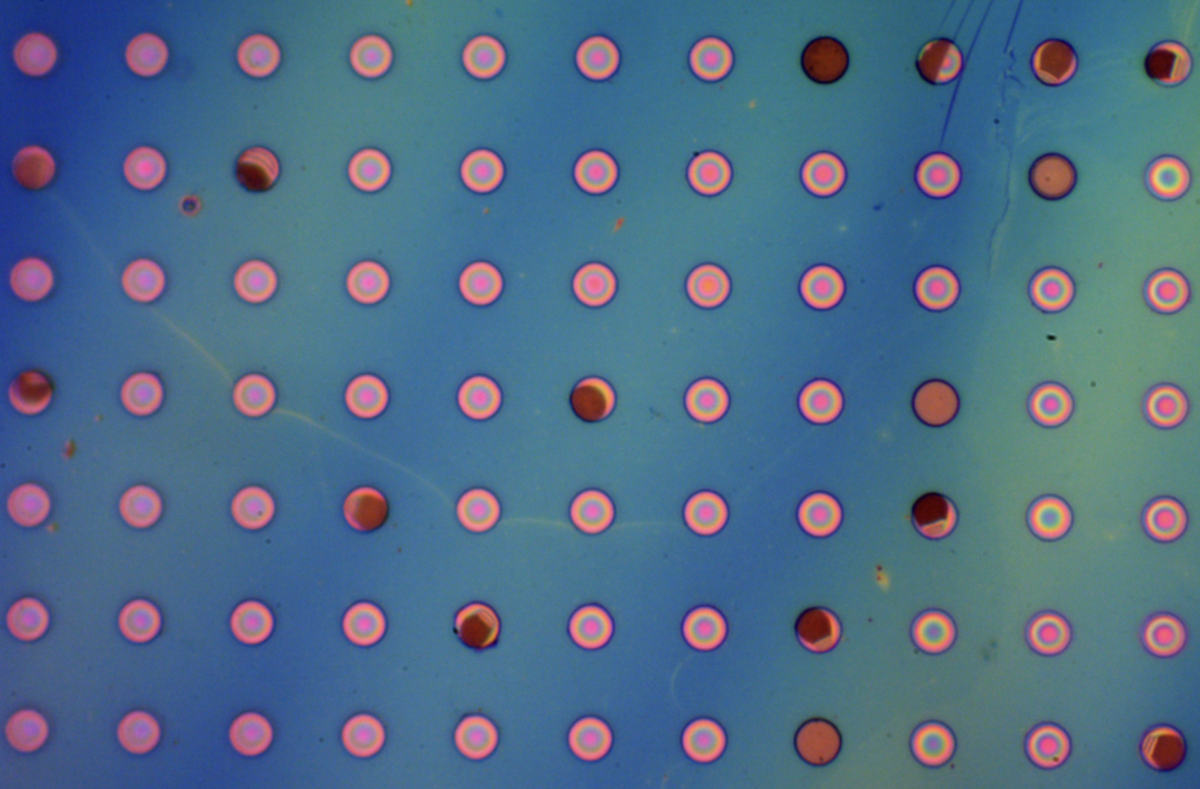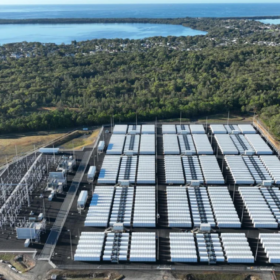A team of engineers from the Massachusetts Institute of Technology (MIT) in the United States (US) has developed a lightweight polymer film that could be used as a protective coating on solar panels, as it is nearly impenetrable to gas molecules.
Under laboratory testing conditions, the nanometer-thick polymer was found to completely repel nitrogen, as well as other gases. This differs from traditional polymers, that allow gases through as their molecules are loosely joined together, leaving tiny gaps that gases can pass through.
The laboratory’s novel material, known as 2DPA-1, is a two-dimensional polymer that self-assembles into molecular sheets using hydrogen bonds. It features a building block called melamine, which contains a ring of carbon and nitrogen atoms, which can expand in two dimensions and form nanometer-sized discs.
2DPA-1 differs from previous polymers as the discs stack on top of each other, held together by hydrogen bonds between the layers, making the structure strong and stable. The MIT teams claims the polymer is stronger than steel but has only one-sixth of the density.
MIT’s research exposed 2DPA-1 to helium, argon, oxygen, methane, and sulfur hexafluoride and found its permeability to those gases was at least 1/10,000 that of any other existing polymer, making it almost as impermeable as graphene.
Scientists have been working to develop a graphene coating as a method of protecting solar cells from corrosion, but the scaling-up of a graphene film has proved difficult, as the film cannot be painted onto surfaces. As MIT’s 2DPA-1 polymer sticks easily because of its strong hydrogen bonds between the layered disks, it could prove a valuable alternative.
In the research paper “A molecularly impermeable polymer from two-dimensional polyaramids,” available in nature, the research team demonstrates that a 60-nanometer-thick film could extend the lifetime of a perovskite crystal by weeks, before adding a thicker coating could offer longer protection.
“Using an impermeable coating such as this one, you could protect infrastructure such as bridges, buildings, rail lines – basically anything outside exposed to the elements,” said Michael Strano, MIT’s Carbon P. Dubbs Professor of Chemical Engineering.
George Schatz, a professor of chemistry and chemical and biological engineering at Northwestern University, who was not involved in the research, called the results “remarkable.”
“Normally, polymers are reasonably permeable to gases, but the polyaramids reported in this paper are orders of magnitude less permeable to most gases under conditions with industrial relevance,” Schatz said.
This content is protected by copyright and may not be reused. If you want to cooperate with us and would like to reuse some of our content, please contact: editors@pv-magazine.com.








By submitting this form you agree to pv magazine using your data for the purposes of publishing your comment.
Your personal data will only be disclosed or otherwise transmitted to third parties for the purposes of spam filtering or if this is necessary for technical maintenance of the website. Any other transfer to third parties will not take place unless this is justified on the basis of applicable data protection regulations or if pv magazine is legally obliged to do so.
You may revoke this consent at any time with effect for the future, in which case your personal data will be deleted immediately. Otherwise, your data will be deleted if pv magazine has processed your request or the purpose of data storage is fulfilled.
Further information on data privacy can be found in our Data Protection Policy.